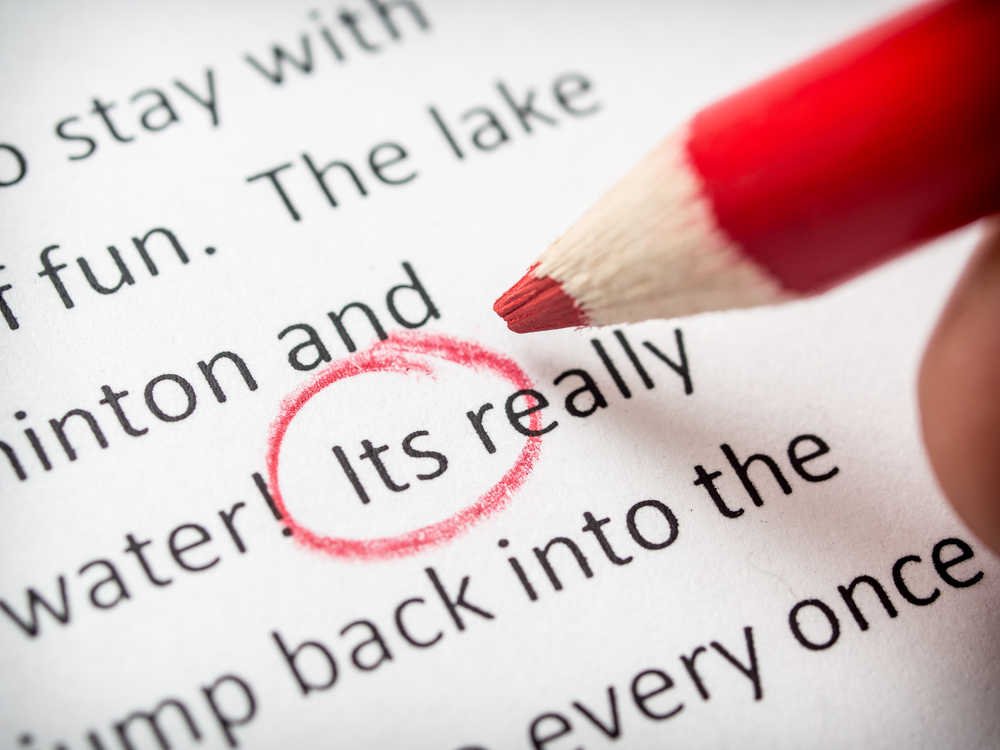How many rounds of proofreading does your book need?
Is one read-through enough? Three? Seventeen? When is a book ready to publish?
Let’s consider proofreading. Not whether your book needs it (it does; all books need proofreading), but how many rounds of proofreading it needs.
Rounds? you may be thinking. But surely one is enough, especially if I hire a professional proofreader?
Yes, one round may be enough, if:
The manuscript sent to the proofreader is in really good shape, having been copy-edited carefully, and there aren’t many mistakes to spot; and
You’re happy to accept that the odd mistake may slip through the net.
The last point may rile you up. Surely a proofreader’s job is to weed out ALL the mistakes?
No, actually. As the Chartered Institute of Editing and Proofreading in the UK points out, ‘No matter how well trained, experienced and diligent they are, [proofreaders] are still human.’ A proofreader’s job is to make the book ‘ready for publication – suitable, and of a high enough standard, for the purpose and audience required’.
‘Good enough’ proofreading, and rigorous proofreading
In a small publishing house, the budget often only extends to one round of copy-editing followed by one round of proofreading. The copy editor and proofreader may not be paid a great deal, and so they have to perform a fairly light edit/proofread. The publisher accepts that the published book will be ‘good enough’ but perhaps not quite of the quality it could have been.
In larger publishers, I’ve found there can be more emphasis on quality, especially for high-profile books. One publisher I worked for sent a high-profile book to a freelance proofreader, and then three different in-house editors proofread the page proofs before the book was sent to print (and all of this came after very rigorous copy-editing to ensure the writing was in really good shape). That’s four rounds of proofreading – five, actually, if we count the author, who also looked at the page proofs.
Five rounds of proofreading – five different individuals checking the text – is going to ensure that the book is of really good quality.
Applying logic to proofreading
So how do you know how many rounds your book needs? It really comes down to how many errors your proofreader finds in a single round of proofreading. If the manuscript they return is covered with markup, then it’s a reasonable assumption that a good few errors may have been missed.
Say the proofreader has a 95% accuracy rate. If there are 300 mistakes in a book, they might miss 15 while weeding out 285 others. You may be fine with those 15 mistakes remaining; the book is good enough for you. But if you want to strive for fewer mistakes, you’ll need another round of proofreading. At the 95% accuracy rate, the proofreader corrects fourteen mistakes, and only one remains.
Using multiple proofreaders
Keep in mind that if you do decide that you want multiple rounds of proofreading, then ideally you’ll have a different reader for each round. A proofreader can’t effectively proofread a book that they’ve already read because the material has become familiar, which creates blind spots (you read what you think is there, not what’s actually there).
And if your budget won’t stretch to hiring another professional proofreader, then ask around for some help: colleagues, friends, family. They may not know all the ins and outs of the English language, but there are some mistakes they may spot quite easily, like a missing word.
Letting go of perfectionism
Above all, no matter how many rounds of proofreading you do, try not to let perfectionism stress you out. The first edition of Harry Potter and the Philosopher’s Stone famously contained a mistake and that did nothing to dent sales of the book.
After a round of proofreading, ask yourself: is the book ‘suitable, and of a high enough standard, for the purpose and audience required’? If it is, then you’re ready to publish.

